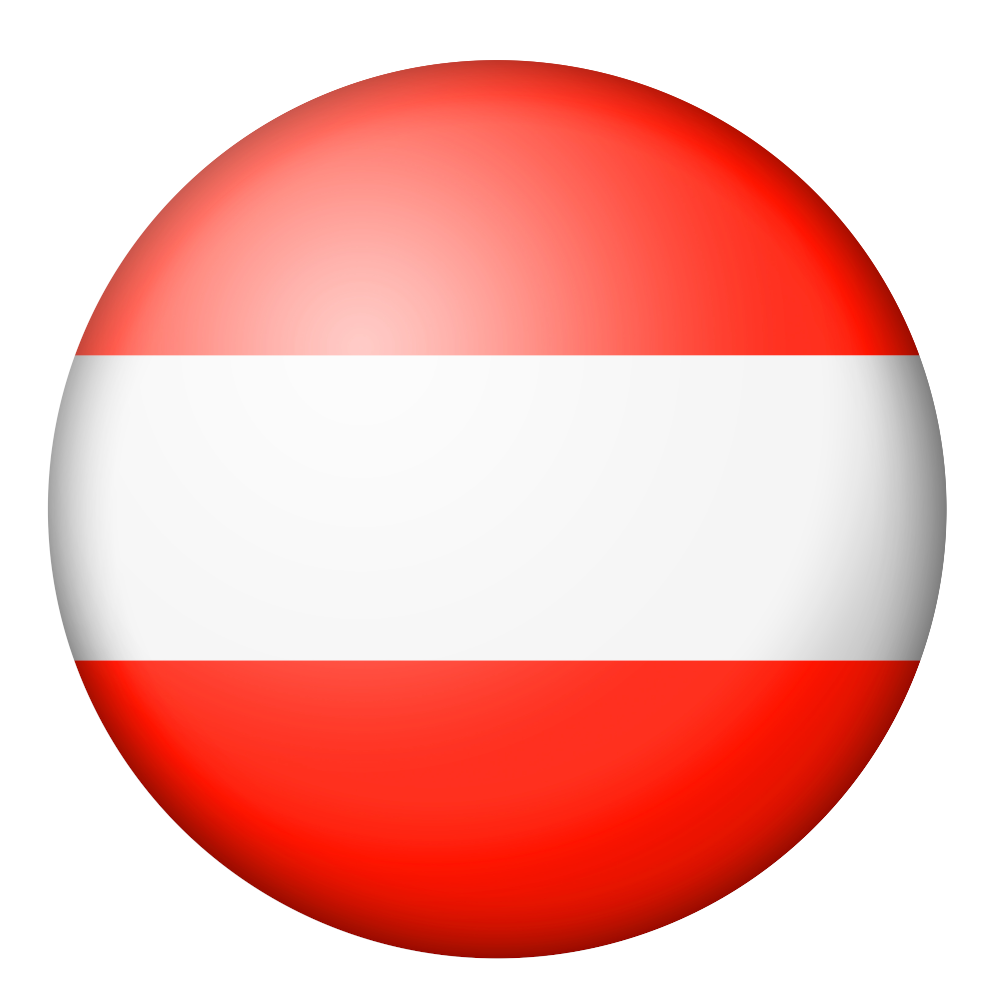Regional Information: Vertical greening
Related matters in other countries
Native climbing plants
The use of native plants has many advantages. Because of their evolution linked to the place, they are very well adapted to the local climatic conditions and the characteristics of the soil. As a result, they are usually more robust, easier to care for and more resistant to pests and diseases. At the same time, plants and animals live in symbiosis, so they are perfectly adapted to each other. As a result, native plants form an important habitat and food source for countless animals. In addition, the young plants or seeds usually do not have to travel long distances for transport. In the following section we present in more detail some native representatives of climbing plants from the project countries.
AUSTRIA

The European honeysuckle (Lonicera periclymenum) is a decorative, fragrant and easy-care climbing plant. It is particularly suitable for climbing fences and walls, as well as for greening façades. The liana-like climbing plant is also known as woodbine. It grows up to 1.5 m per year and reaches a height of 3 – 6 m. The common honeysuckle flowers throughout the summer from June to August and is intensely fragrant, especially in the evening hours. This makes the climbing plant attractive to many moths, but also to bumblebees and long-tongued bees. From August onwards, the plant is adorned with glowing red berries that are important bird food. However, the berries are slightly poisonous to humans. This honeysuckle species is not only native to Austria but can be found in many European countries from Central to Southern Europe, but also in the north such as the Scandinavian countries and the British Isles.
Some examples of other native climbing plants in Austria:
- Clematis vitalba: old man’s beard / traveller’s joy
- Hedera helix: common ivy
- Rosa canina: dog rose / wild brier
GERMANY

The dog rose (Rosa canina) occurs in almost all of Europe, just not in the far north. With its flowers and coloured fruits, it is a real decoration for bare walls – and at the same time a valuable source of food, especially for insects and birds. The plant is relatively undemanding and very hardy. It grows 2-3 meters high; in the shade it can also climb higher – as a spreader. The dog rose also grows vigorously in width – if you don’t want a hedge like Sleeping Beauty, it must be cut back accordingly.
SPAIN

Rubia peregrina, the common wild madder, is a herbaceous perennial liana plant species belonging to the bedstraw and coffee family Rubiaceae. It is a stress resistant weed that grows in the forest and in thickets, bushes, hedges, and along the roads and paths, on all types of substrates, even on stony grounds. It prefers dry soils, at an altitude of 0–1,000 metres above sea level.
The stem is woody, hairless, square and climbing and reaches on average 50–250 centimetres long. The evergreen leaves are sessile, glossy, leathery, oval-lanceolate and toothed on the margins. They are arranged in whorls, usually with five or more leaves radiating from a single node. The small flowers have five petals and are pale green yellowish, about 5–7 mm in diameter, arranged at the top of long stalks. The flowering period lasts from April to June. The hermaphroditic flowers are pollinated by insects (entomology). The fruits are fleshy green berries, black when ripe, about 5 mm in diameter.
In addition to being a very common plant in the Cantabrian oak forest, it is found in the Mediterranean region, in the Ebro Valley, Andalusia, Valencia, and practically in any region where it grows in thickets, brambles, walls and forest areas. Outside of Spain it is found in southern and western Europe and Asia, North Africa and the Macaronesian islands.
Some examples of other native climbing plants in the Basque Country and Spain:
- Hedera helix: common ivy
- Smilax aspera: common smilax, rough bindweed, sarsaparilla
Sources:
https://floresdeordesa.files.wordpress.com/2016/04/flora_ornamental_06_baja.pdf
https://www.wikiwand.com/es/Rubia_peregrina
